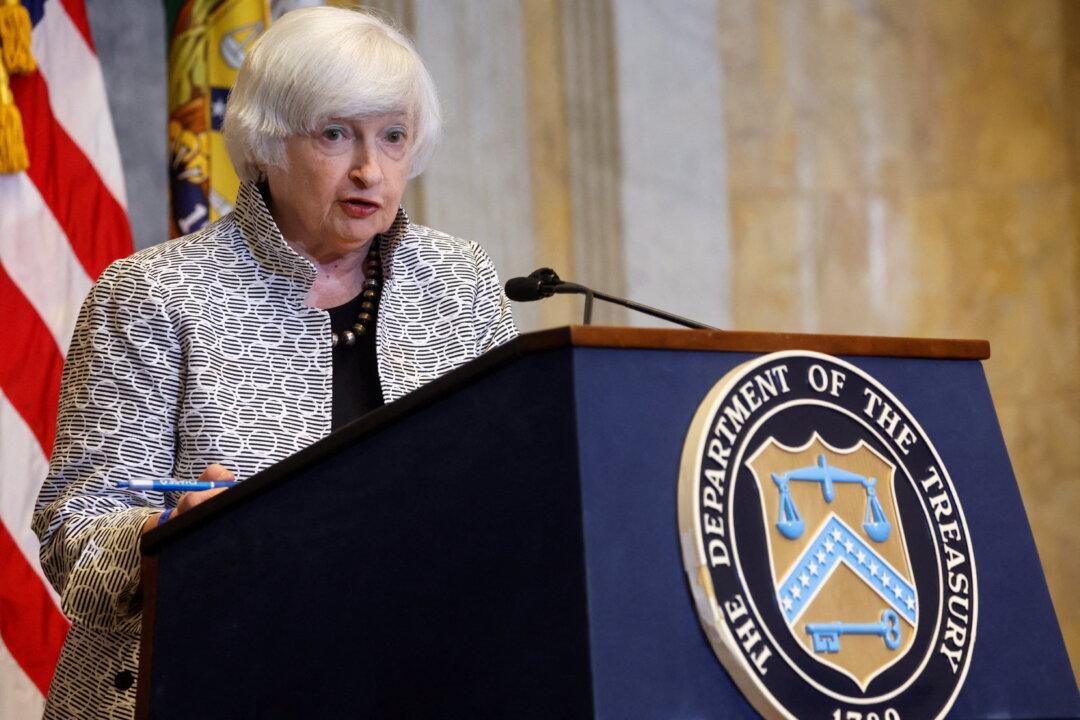Commentary
Every few years, Washington approaches a debt ceiling limit, and worries about default multiply. Theoretically, default is possible, but practically speaking, it’s never a real possibility. Even in an extended government shutdown, Washington has resources that will allow it to meet principal and interest payments.





